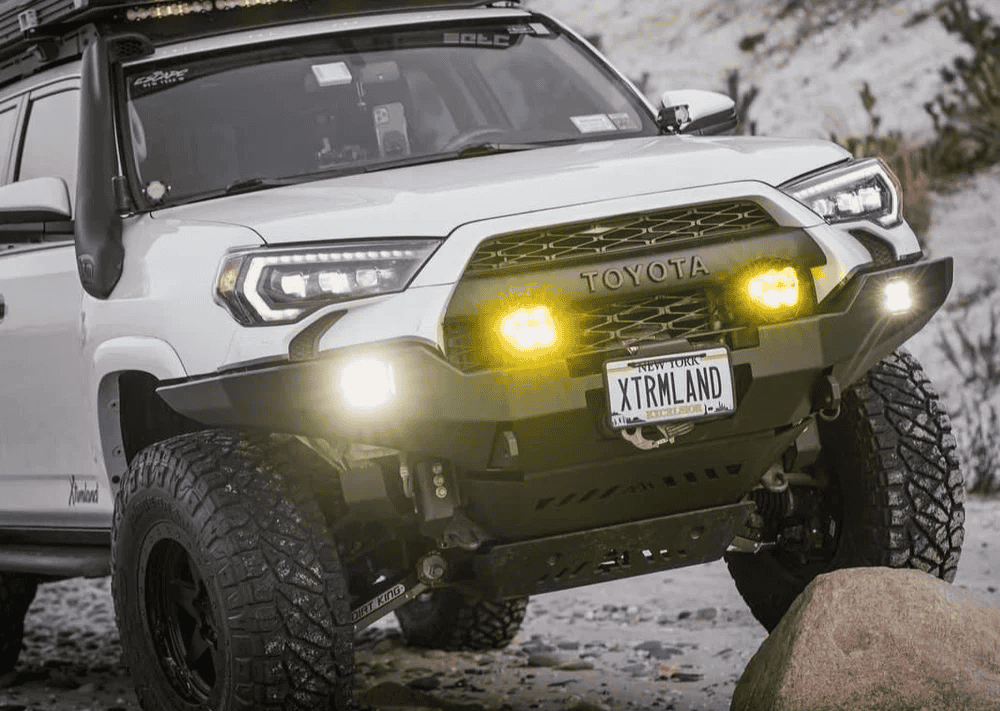Overland Vehicles

A photo safari overland vehicle is built to reach remote wildlife habitats safely, then operate as a stable, quiet base for glassing, tracking, and shooting. Start with a reliable platform known for payload and range, then choose a suspension that soaks up corrugations and washboard without upsetting your camera gear. Tires with strong sidewalls, all terrain tread, and appropriate load ratings reduce punctures and help maintain a smooth ride on gravel and sand. Skid plates, recovery points, and a winch turn potential show stoppers into solvable moments. Pair that with a balanced weight distribution so the vehicle remains predictable when you need to reposition quickly for changing light or animal movement.
Select a chassis with proven serviceability and parts availability in the regions you plan to travel. Independent front suspension can improve steering precision on rough tracks, while upgraded shocks with external reservoirs manage heat on long corrugated roads. Aim for moderate lift to clear obstacles without raising the center of gravity too far, and consider progressive rate springs to handle the combined mass of camera gear, water, and camping equipment. An onboard air system helps fine tune tire pressure for sand, mud, or rocky approaches, which directly affects ride quality and image stability.
Wildlife work consumes power. A secondary battery bank with a smart charging system and an inverter keeps camera bodies, long lens stabilization, laptops, and drones online day after day. Solar is valuable for stationary hides, while alternator charging restores reserves during transits. Build in multiple 12 volt and 120 volt outlets near your work area so you are not stringing cords across the cabin. Include labeled charging drawers or bays to keep batteries organized and to reduce fumbling in low light.
Your vehicle is a rolling blind, a workstation, and a shelter. Interior sound treatment and door seals reduce noise that can spook animals and also limit cabin rattles that ruin concentration. A low idle or auxiliary battery mode for fans and lights lets you work quietly without the engine running. Red or amber interior lighting preserves night vision when sorting cards or changing settings. Outside, soft area lighting with adjustable brightness gives you enough glow to set up without telegraphing your presence.
A drawer system with padded dividers keeps lenses and bodies from shifting. Consider quick access side hatches or a rear slide to reach heavy glass without climbing inside. Use fine mesh screens and door sweeps to block dust when the wind kicks up, and stash microfiber cloths and rocket blowers where you can grab them fast. Rubber isolators on mounts and cabinetry kill squeaks that carry farther than you think in still morning air.
Long focal lengths amplify motion. Build in camera support options like a window clamp with fluid head, a roof platform with low profile rails, or a removable monopod socket near the passenger seat. A level bubble at eye height speeds setup when a scene develops quickly. Keep a small sandbag handy to settle vibrations on a door frame or hood when you need a shot now.
Wildlife photography is part biology, part logistics. Research species behavior, preferred habitats, and the times of day that produce movement. Plan routes that respect park rules and private land boundaries, and build a timeline that allows for slow travel over fragile terrain. Carry paper maps as backups, and use satellite messaging for check ins where networks vanish. A thoughtful food and water plan, plus first aid and recovery gear, buys you time to wait out wind, rain, or a shy subject.
Pack binoculars with a wide field for scanning, then swap to a stabilized long lens when behavior starts. A hand held radio or sat communicator keeps your team coordinated without shouting across the landscape. For navigation, pair offline maps with waypoints for water, pull outs, and safe turnarounds so you are never forced into risky decisions at dusk.
Morning and evening light windows are short. Keep your kit pre configured: shutter speeds for birds in flight, quieter shutters for close mammals, and custom buttons for rapid ISO shifts. Pre drive angles around a viewing area so you can reposition for backlight, side light, or reflected glow without guessing where the track narrows or softens.
Bring the build and the plan together by thinking in sequences. Where do you stage the vehicle, how do you exit without slamming doors, and where do you place tripods so you can pivot to a new subject without crossing paths or stepping into a burrow. The best photo safari overland vehicle is the one that supports these moves smoothly and quietly.
If your field list includes quiet cabins, dust control, tuned suspension, smart power, and stable camera mounts, you are ready to translate this guide into a real build. Explore proven platforms and thoughtful upfits designed for remote travel with our team. See examples and options on our overland page and learn how each component serves the shot.
To dive deeper into build paths and craftsmanship, explore the following:
Ready to shape a vehicle around your wildlife workflow in Fayetteville. Schedule a consult with OZK Customs to plan suspension, storage, quiet cabin details, lighting, and off grid power that serve your images from dawn to dusk. We will help you turn a capable platform into a camera ready base that reaches the shot and brings you home.
Ready to turn a capable platform into a dialed photo safari overland vehicle that protects your shot and powers your workflow? Talk with OZK Customs in Fayetteville to map your build path from suspension to quiet cabin, lighting, storage, and power. Book a consult and let our team spec, fabricate, and upfit your rig for the field.
ADDRESS:
6159 E Huntsville Rd, Fayetteville, AR 72701
PHONE:
(479) 326-9200
EMAIL:
info@ozkvans.com